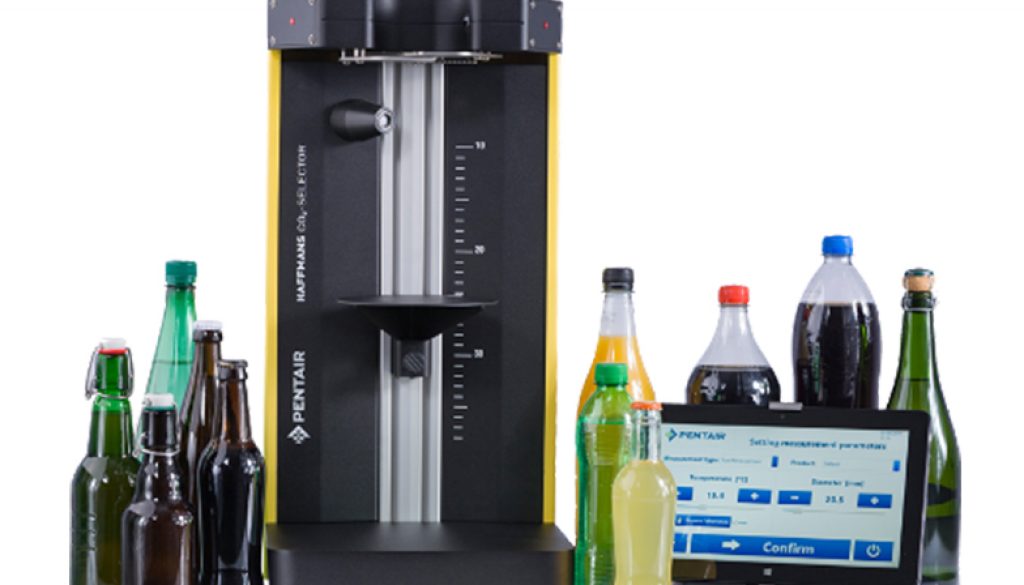Many changes occur in our wort during fermentation, where the metabolism of sugars results in ethanol and carbon dioxide (CO2), influencing the final taste of the beer.
It is crucial to measure the CO2 content inside bottles and cans as it is a quality parameter for beer. This measurement helps identify if the beer is over-pressurized or has a low CO2 content, leading to poor foam quality or insufficient flavor for a specific beer type.
Haffmans addressed this need and, leveraging Henry’s Law, developed equipment capable of measuring the CO2 content within the packaging. The CO2 content in beer can be determined by measuring the CO2 in the headspace. According to Henry’s Law, “The amount of gas dissolved in a liquid is equal to the partial pressure of that gas over the liquid if the phases are in equilibrium.” Haffmans measures the pressure and temperature of the gas in the headspace and calculates the CO2 content based on these parameters.
However, traditional analysis faces two challenges: the need to puncture the container for measurement and the presence of added nitrogen in the beer during the brewing process, causing inaccurate readings due to the mixture of nitrogen and CO2 in the headspace.
The CO2 Selector addresses these issues by employing a different measurement principle, utilizing selective CO2 measurement based on light absorption in a laser passing through the gas phase of the packaging. The amount of absorbed light is proportional to the number of gas molecules in the medium. With this principle, selective CO2 measurements can be made, excluding O2, Nitrogen, and H2 contents in the calculation.

As a result, the equipment offers non-invasive inspection, avoiding the need to puncture or damage the container while having no contact with the contents. It features laser technology that requires no maintenance and can be used with bottles of any color. The CO2 Selector performs both selective and non-selective measurements, works with any carbonated beverage, is fast and repeatable, and has no moving parts, reducing the need for spare parts in maintenance.




